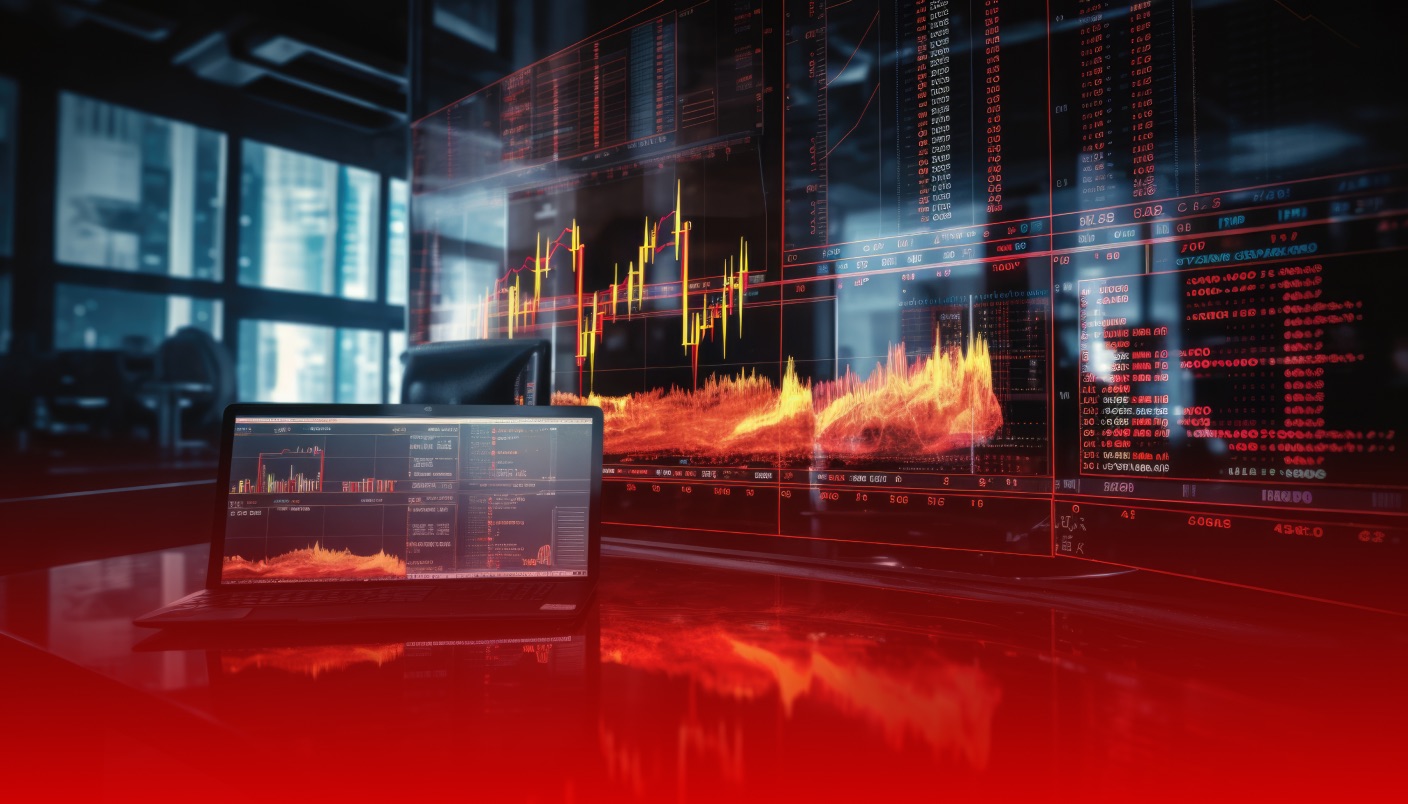Breaking News! 🚨 Top 10 brokers is here! See the most trusted trading platforms of 2024. Go now!
Futures Trading: Understanding Contracts and Risks
Gain a comprehensive understanding of futures trading, exploring contract specifications, risk factors, and strategies for successful trading in futures markets.
1 year ago, Sep 02, 10:48 am

Futures trading is a cornerstone of modern financial markets, offering traders and investors the opportunity to speculate on or hedge against price movements of a wide range of assets, from commodities to financial instruments.
According to recent studies, over 60% of institutional investors utilize futures as part of their portfolio management strategies, underscoring the significance of this trading instrument.
This article delves into the fundamentals of futures contracts, explores the dynamics of the futures market, identifies key risk factors, and provides strategies for successful futures trading.
Introduction to Futures Contracts
A futures contract is a standardized legal agreement to buy or sell a specific asset or commodity at a predetermined price at a specified time in the future. Unlike options, where the holder has the right but not the obligation to execute the contract, futures obligate both parties to fulfill the contract terms, making them a powerful tool for both speculation and hedging. Futures contracts are traded on exchanges such as the Chicago Mercantile Exchange (CME) or the Intercontinental Exchange (ICE), which provide a regulated environment to ensure contract enforcement and transparency.
The origins of futures contracts can be traced back to ancient civilizations where they were initially used for agricultural purposes, allowing farmers to lock in prices for crops before harvest. In the modern era, futures have evolved to encompass a broad array of assets, including metals, energy products, financial indices, and even cryptocurrencies. This evolution has expanded the scope of futures trading, attracting a diverse range of participants from retail traders to large financial institutions.
Understanding Futures Market Dynamics
The futures market operates within a highly structured and regulated environment, providing participants with the necessary framework to trade contracts efficiently. At its core, the market is driven by the forces of supply and demand, which influence the prices of the underlying assets. However, unlike spot markets where transactions are settled immediately, futures markets deal with contracts that will be settled at a future date. This distinction introduces unique dynamics, such as the concept of “contango” and “backwardation,” which refer to the pricing relationship between the futures contract and the expected future spot price.
Market participants in futures trading generally fall into two categories: hedgers and speculators.
- Hedgers: these are entities like farmers, manufacturers, or financial institutions that use futures contracts to protect themselves against price fluctuations in the underlying asset.
- Speculators: these traders aim to profit from price movements in the futures market without any interest in the underlying asset itself.
The interaction between these two groups creates liquidity in the market and helps to set prices. Futures markets are also influenced by external factors such as geopolitical events, economic indicators, and natural disasters, all of which can cause significant price volatility. Understanding these dynamics is crucial for anyone looking to trade futures, as it allows for better decision-making and risk management.
Risk Factors in Futures Trading
Futures trading, while offering significant opportunities, also comes with substantial risks that can impact traders and investors. One of the most prominent risks is market volatility. Futures prices can fluctuate rapidly due to factors such as economic data releases, geopolitical developments, and unexpected events like natural disasters. This volatility can lead to substantial gains but also significant losses, especially for those who are unprepared or lack proper risk management strategies.
Another critical risk factor in futures trading is the use of leverage. While leverage allows traders to control larger positions with a smaller amount of capital, it also amplifies the potential for losses. A small adverse movement in the market can result in a margin call, where the trader is required to deposit additional funds to maintain their position. If unable to meet the margin requirements, the trader may be forced to close their position at a loss.
Strategies for Futures Trading
Successful futures trading requires a well-thought-out strategy that aligns with the trader’s goals, risk tolerance, and market outlook. One common approach is trend-following, where traders identify and follow the prevailing market direction, buying in an upward trend or selling in a downward trend. This strategy relies on technical analysis tools like moving averages and trendlines to pinpoint entry and exit points. Another popular strategy is mean reversion, which assumes that prices will revert to their historical average over time. Traders using this method seek to profit from short-term deviations from the norm.
Additionally, some traders employ more advanced techniques such as spread trading, where they simultaneously buy and sell related futures contracts to capitalize on price discrepancies.
Key strategies include:
- Trend-following
- Mean reversion
- Spread trading
Each strategy carries its own set of risks and rewards, and the choice of strategy should be tailored to the trader’s experience level and market conditions. Regardless of the approach, a solid risk management plan is essential to protect against unforeseen market movements. This often includes setting stop-loss orders, diversifying positions, and regularly reviewing and adjusting the strategy as market conditions evolve.
Practical Examples Demonstrating Effective Futures Trading Strategies
Let’s consider a practical example of trend-following in the crude oil futures market. Suppose a trader notices that crude oil prices have been steadily rising due to geopolitical tensions in a major oil-producing region. Using technical analysis, the trader identifies a strong upward trend, confirmed by the price consistently closing above its 50-day moving average. Believing that the trend will continue, the trader decides to enter a long position by purchasing a crude oil futures contract at $70 per barrel.
As the situation in the oil-producing region remains unresolved, the price of crude oil continues to climb. Over the next few weeks, the price reaches $80 per barrel. The trader, following their strategy, monitors the trend and sets a stop-loss order just below the 50-day moving average to protect profits. When the price starts to show signs of weakening and falls to $78 per barrel, the trader exits the position, securing an $8 per barrel profit.
This example illustrates how a trend-following strategy can be effectively applied in futures trading.
Get SCTA's daily newsletter in your inbox every weekday.
You may unsubscribe at any time.
